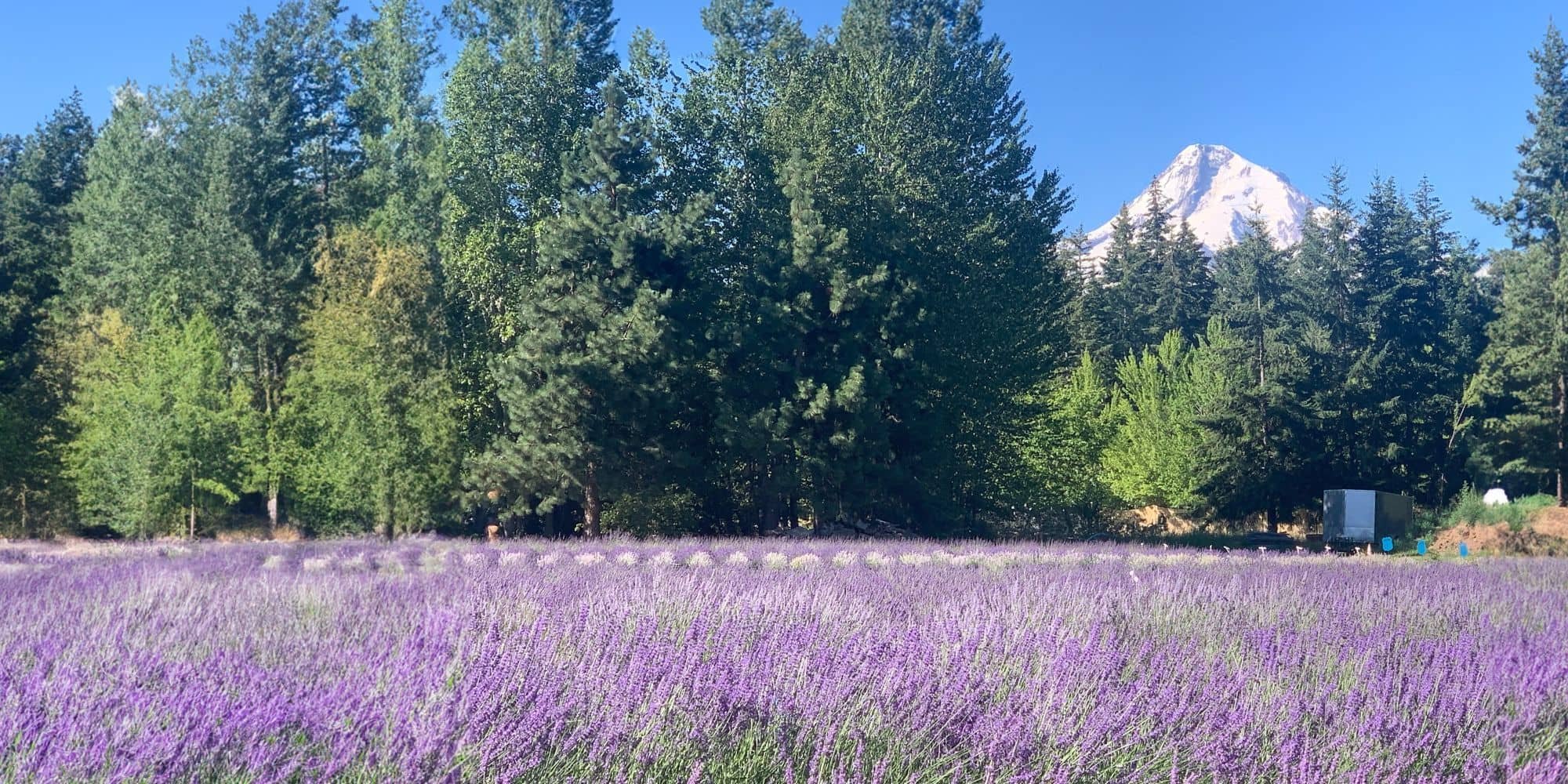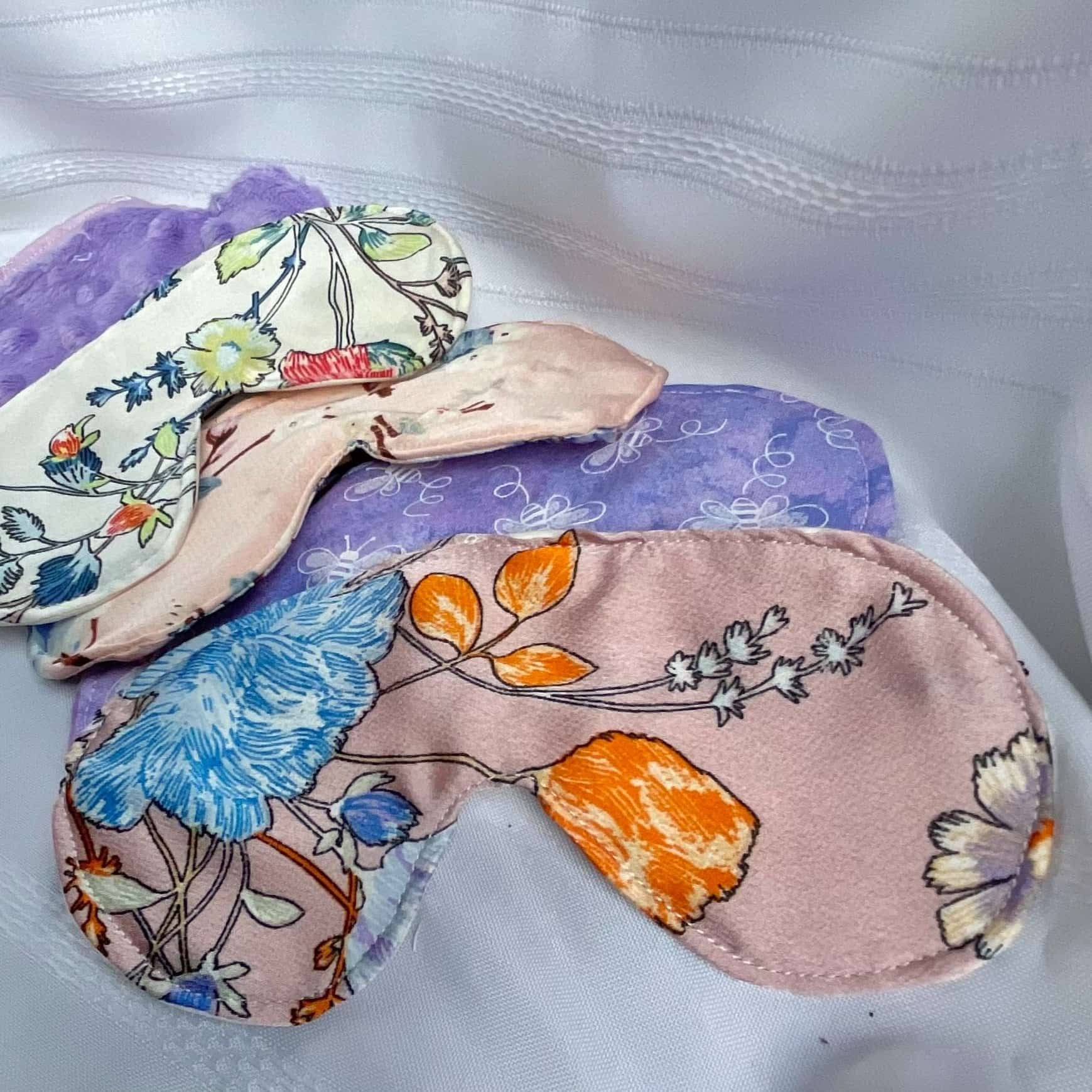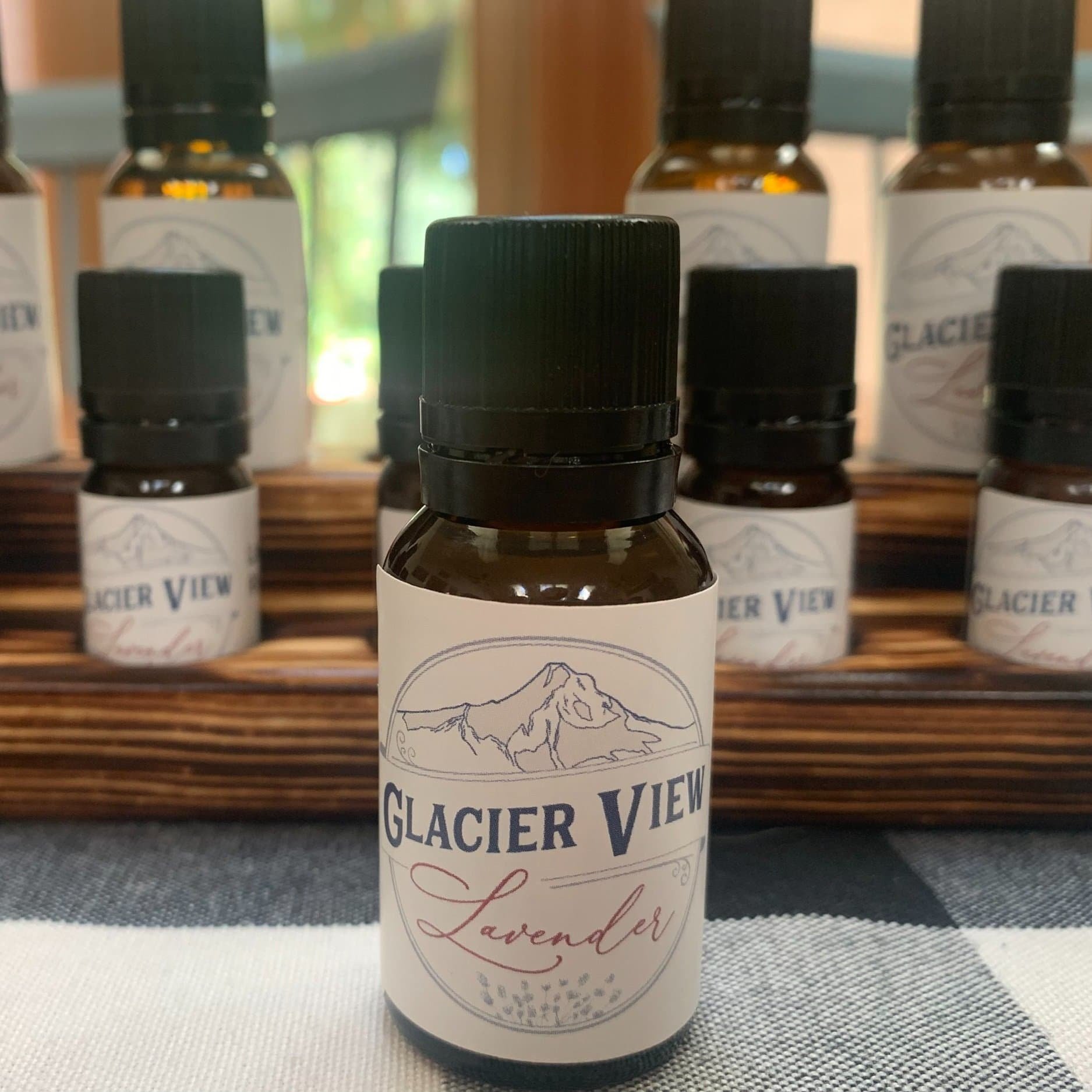
Natural Lavender Aromatherapy Farm
Premium lavender essential oil and aromatherapy products, from our farm to your home
Welcome to our farm
Nestled at the base of Mt. Hood, Oregon we grow lavender of the highest quality and distill it into pure essential lavender oil and lavender hydrosol for handmade lavender aromatherapy products, home goods, culinary use, and more.







Discover the top lavender oil benefits for hair, including how it supports growth, reduces breakage, and adds natural shine to your daily routine.